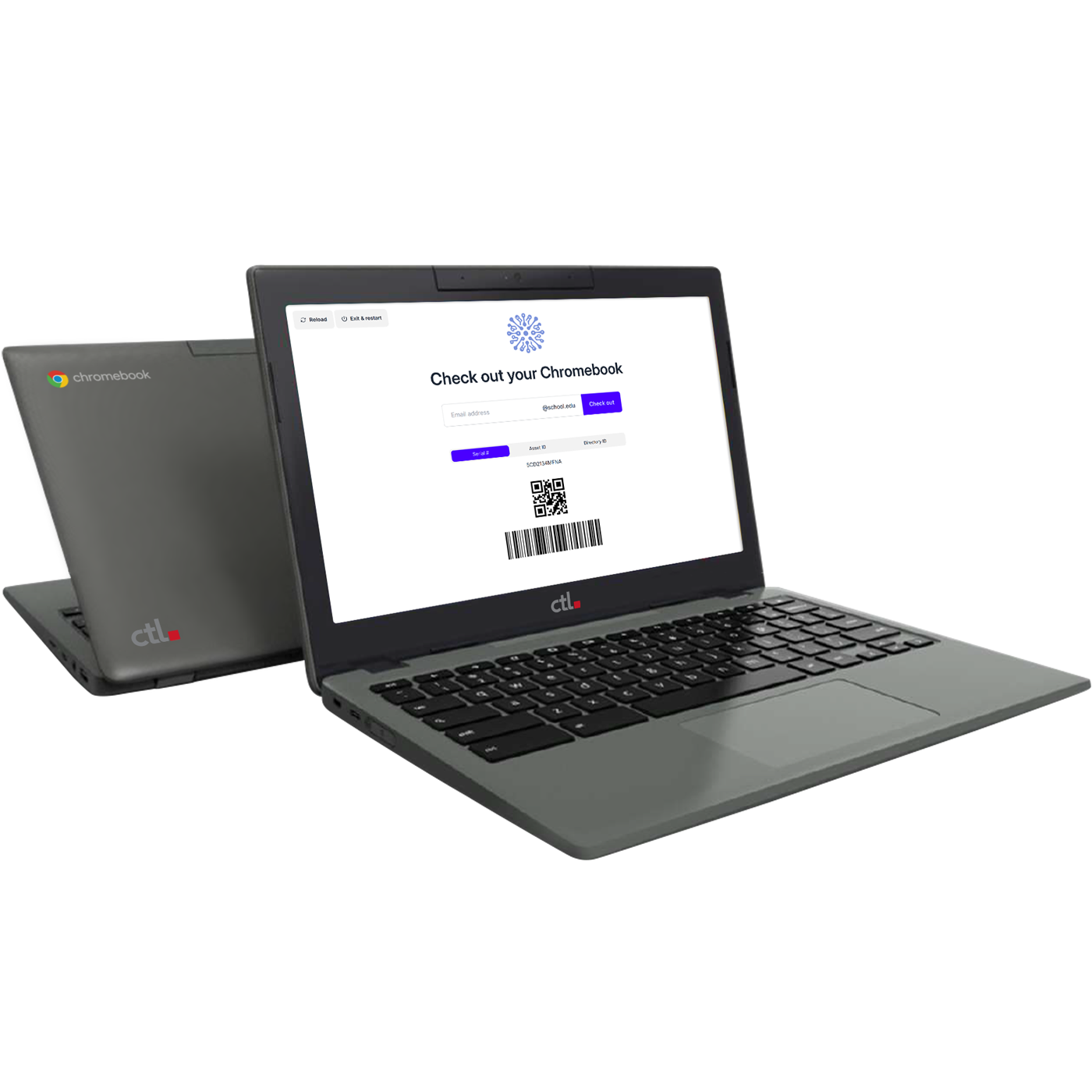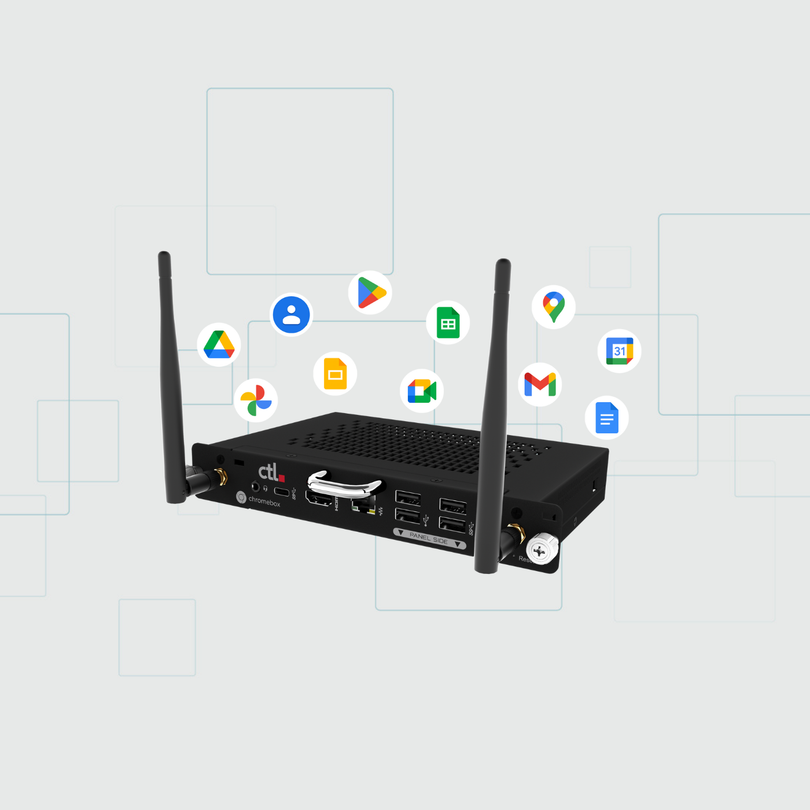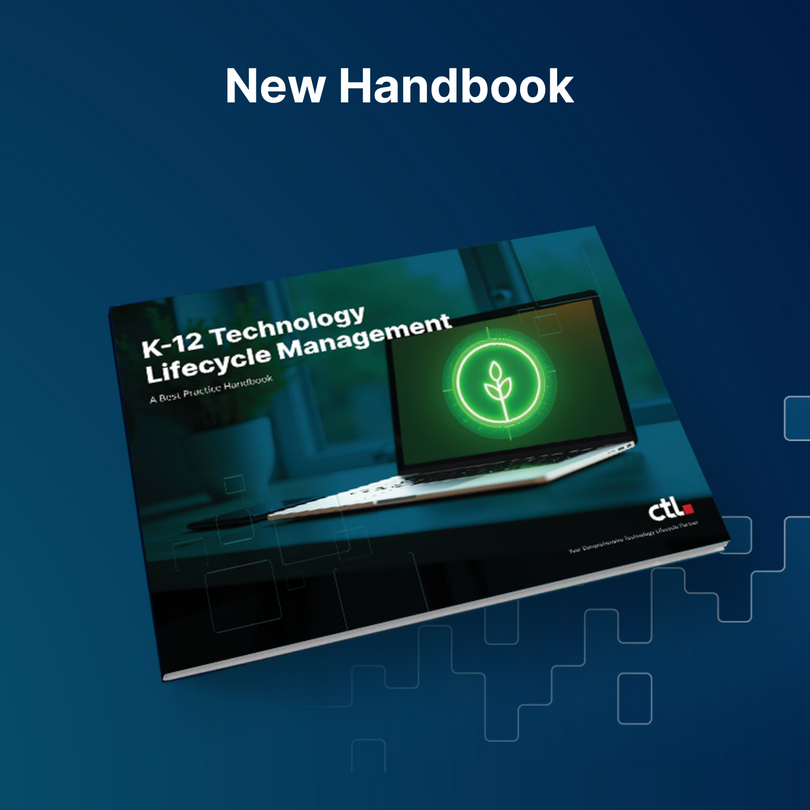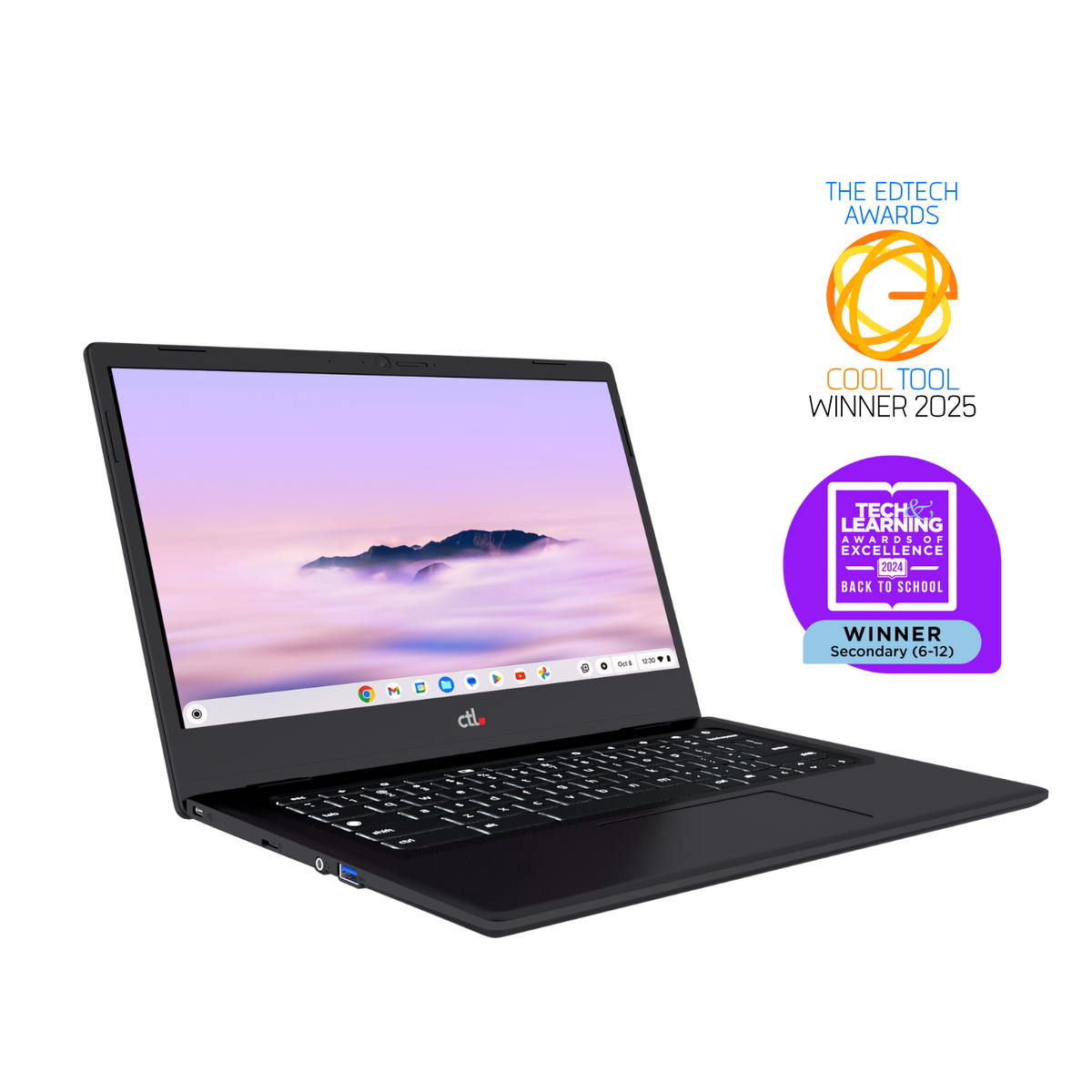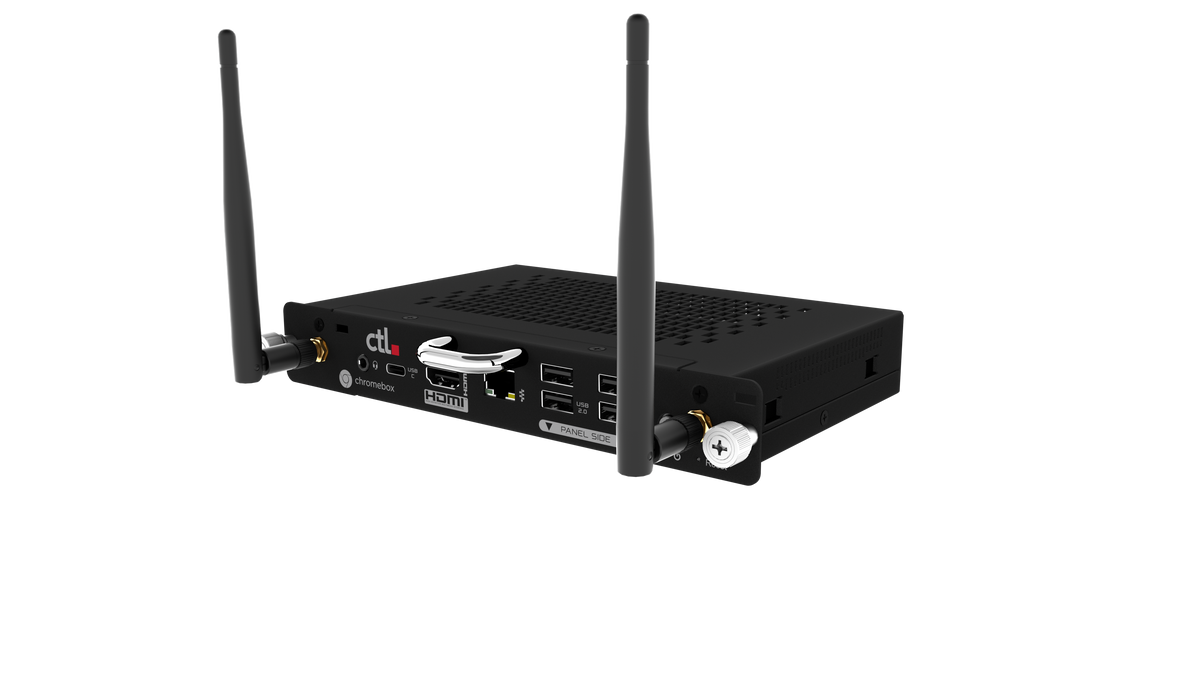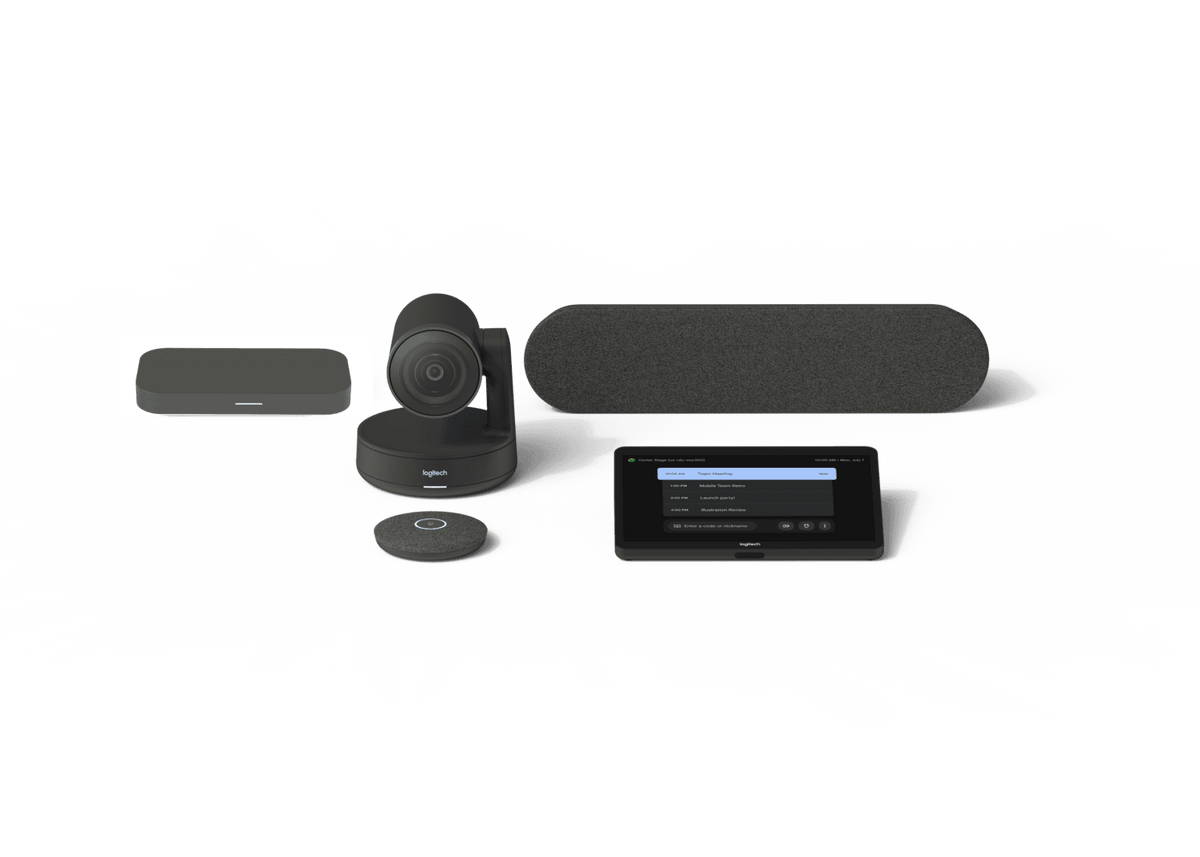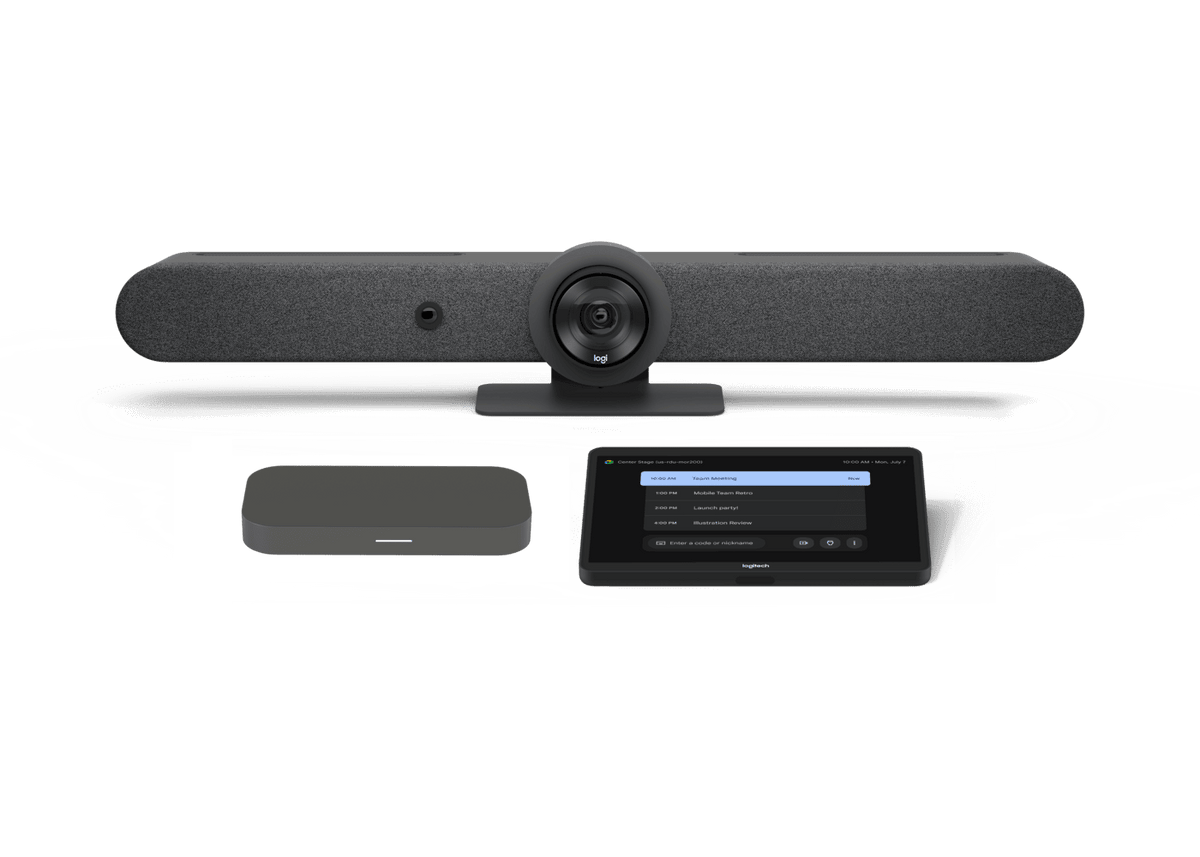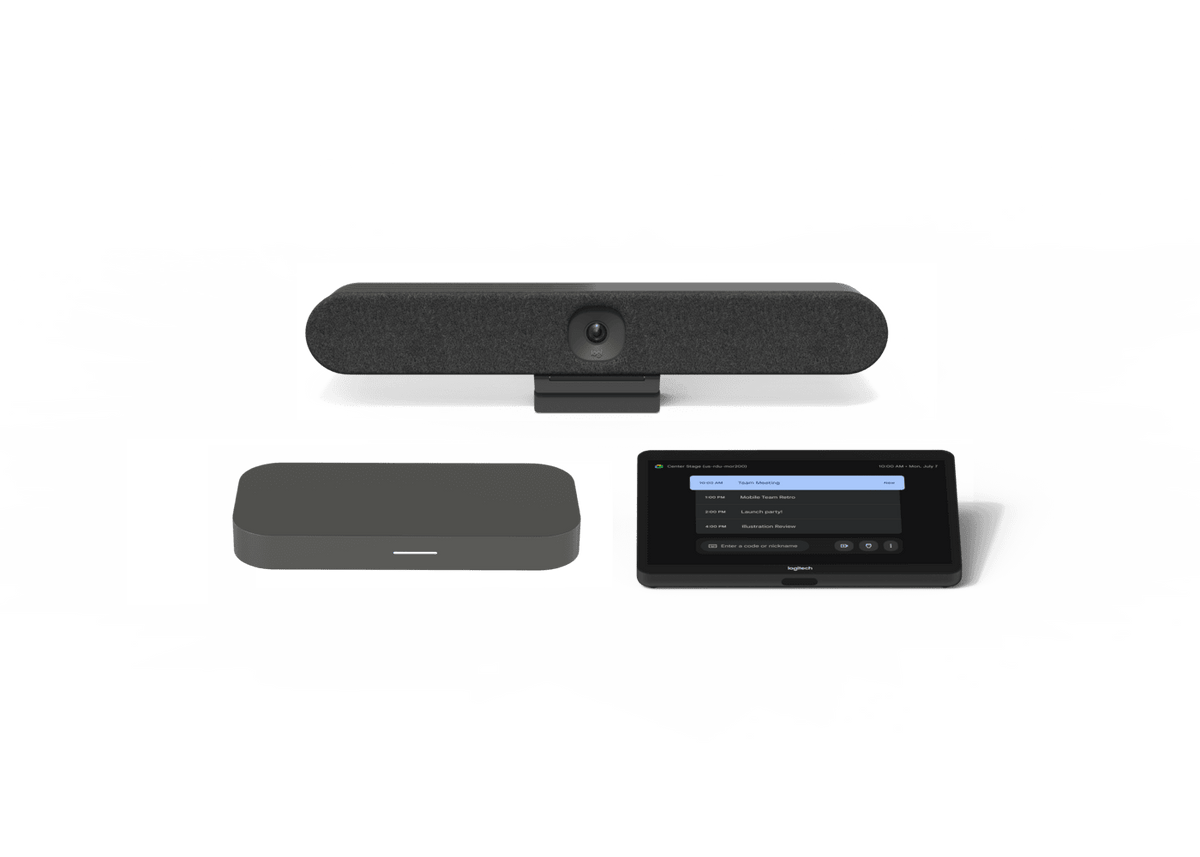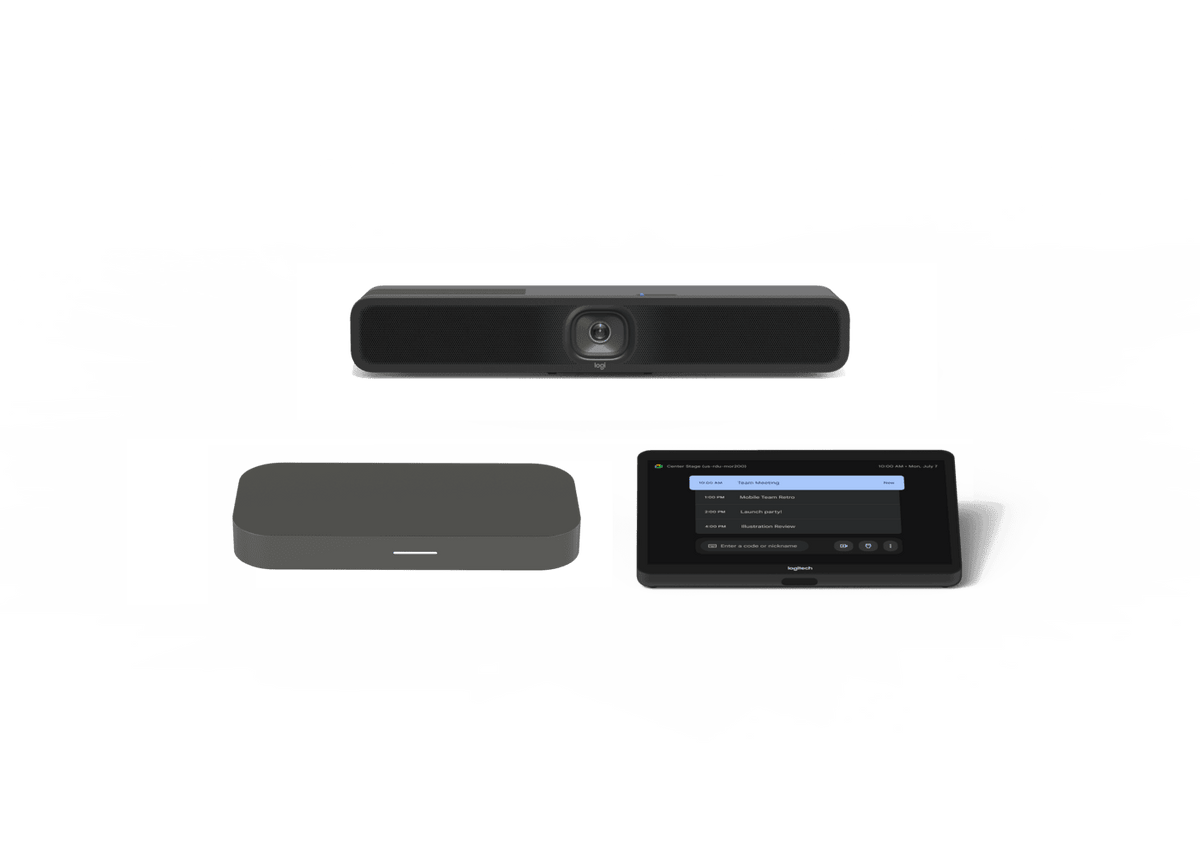The 2023-24 school year was marked by significant advancements in educational technology, including the introduction of artificial intelligence and a focus on closing the digital divide. The 2024 State EdTech Trends Survey highlights the growing interest in AI among policymakers and educators, as well as the importance of cybersecurity and home access. The survey also explores the extent to which edtech planning occurs at the state and local level, and the efforts of state leaders to adopt the Universal Design for Learning Framework. This year's report presents four key findings, reflecting the ongoing evolution and reinvention of state education agencies to address the challenges of today's technological landscape.

1. State agencies are stepping up to meet the demand for more support on the responsible adoption of AI in education.
The 2024 SETDA Survey reveals a significant shift in the educational landscape, as states rapidly embrace AI-driven technologies. While initial interest in AI guidance was high in 2023, the release of the US Department of Education's guidance and subsequent state initiatives have accelerated adoption. Notably, the percentage of states with AI initiatives has increased dramatically from 2% to 14%, and AI has become a top priority for state leaders. Despite the growing momentum, state legislation has played a limited role in driving AI adoption, suggesting that states are proactively addressing the gap for responsible AI implementation.
In an adjacent trend, the new Chromebook Plus for teachers, staff, and advanced students now includes several built-in AI capabilities. Learn what's included.

2. For the second year in a row, cybersecurity is the top edtech priority among state leaders, but fewer state leaders believe their state is providing sufficient funding to support cybersecurity.
Cybersecurity remains a top priority for state education leaders due to the significant increase in cyber attacks on K-12 schools. The reliance on technology and the potential risks posed by AI have further exacerbated this issue. While states are stepping up their efforts to protect personal data through various cybersecurity strategies, the perception of state funding for these efforts has shifted, highlighting the ongoing challenges in maintaining sufficient resources to combat evolving cyber threats.
According to a January 2024 report, K-12 districts surpassed hospitals, government offices, and other public-sector targets to become the most frequent targets of cyber attacks.
Learn the top key security differences of Chromebooks vs Windows and Mac machines.
3. Anxiety about funding appears to increase as federal pandemic funds expire this fall, while home connectivity and access remains the top unmet need across states.
The expiration of federal pandemic funds has created anxiety among state leaders regarding the sustainability of edtech initiatives. While many states have relied on these funds to purchase devices and ensure home connectivity, the impending fiscal cliff has led to a significant increase in concerns about funding. Despite the efforts to bridge the digital access divide through various broadband initiatives, the need for sustainable funding plans for devices and connectivity remains a pressing challenge for many states. As the federal government continues to invest in broadband infrastructure and digital equity, states will need to adapt their strategies to ensure long-term access and affordability for all students.
4. New survey questions reveal opportunities for state education leaders to support the effective and equitable use of edtech as states appear to invest more in their own capacity.
The NETP's recommendation for establishing offices of educational technology has led to a positive trend, with an increase in states having dedicated departments to address digital divides. However, the survey highlights the need for further action in developing state and local edtech plans and providing support for Universal Design for Learning (UDL) principles. Despite progress in some areas, there remains a significant opportunity for states to enhance their efforts in these areas to ensure effective and equitable use of edtech tools and promote inclusive learning experiences for all students.
The new school year presents both continuing challenges and emerging opportunities for state leaders in the realm of educational technology. While cybersecurity remains a persistent concern, new issues and innovations are likely to arise. State edtech offices play a crucial role in fostering collaboration and ensuring that educational technology meets the needs of students and educators. By exploring the full survey results and state spotlights, stakeholders can gain valuable insights into the work being done across the country and advocate for policies that support innovation, equitable access, and student rights.
View the full 2024 State of EdTech Trends Report, a publication of SETDA.
Explore CTL's technology solutions for schools.

